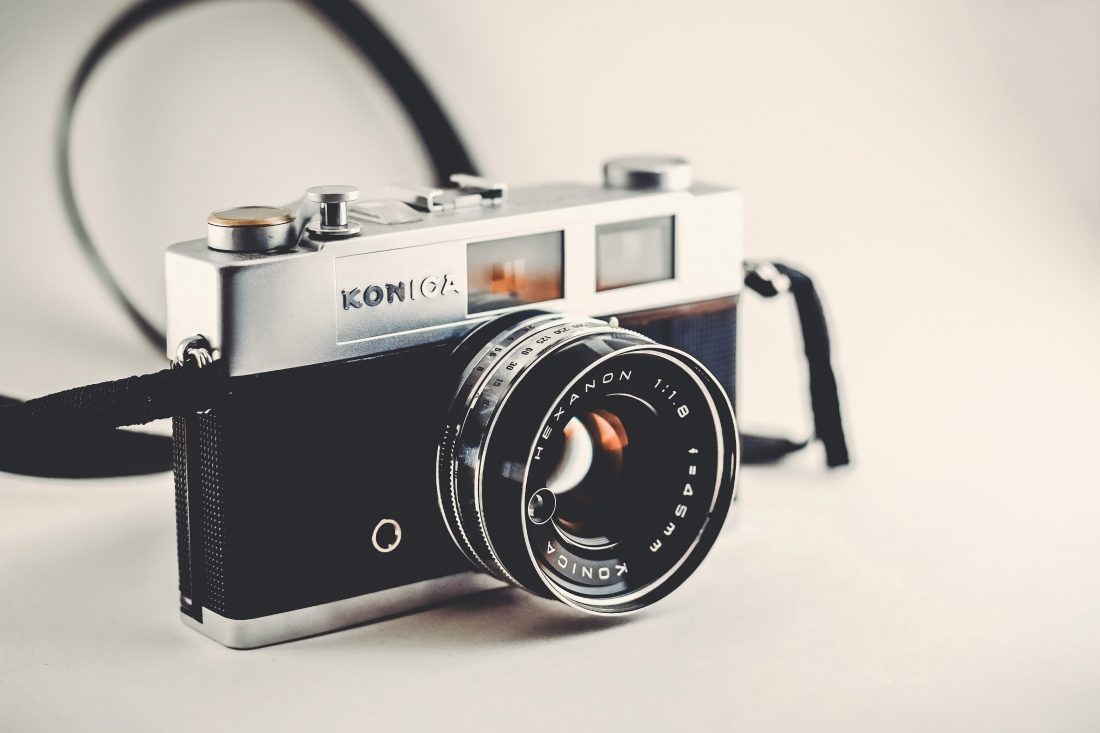
The Leitz Ur-Leica is a legendary film camera that holds a significant place in the history of photography. Introduced in 1914 by Ernst Leitz Optische Werke, the Ur-Leica marked the birth of 35mm photography and revolutionized the way photographers captured images.
**History and Significance**
Prior to the Ur-Leica, most cameras used large and cumbersome glass plates or roll films. These cameras were bulky and not suitable for capturing fast-moving subjects or spontaneous moments. The Ur-Leica, however, was the first compact camera to use 35mm motion picture film, providing photographers with unparalleled freedom and mobility.
The Ur-Leica was the brainchild of Oskar Barnack, an engineer at Leitz. He wanted to create a portable camera that would allow photographers to capture high-quality images without the need for heavy equipment. Barnack’s vision became a reality with the introduction of the Ur-Leica.
Initially, the Ur-Leica was released in a limited number for testing purposes and underwent several refinements before its official commercial release in 1925. From that point on, the Ur-Leica sparked a new era in photography, empowering photographers to capture images in a more spontaneous and creative way.
**Features and Specifications**
The Leitz Ur-Leica Film Camera featured a compact design, measuring 13 x 7 x 3 cm, and weighed only 580 grams. It was equipped with a collapsible lens that allowed the camera to be easily carried in a pocket or small bag. The camera also had a built-in rangefinder, which aided in precise focusing, and a focal plane shutter capable of speeds ranging from 1/20 to 1/500 seconds.
The Ur-Leica used 35mm motion picture film, which was initially intended for movie cameras. However, this format proved to be revolutionary in still photography, as it allowed photographers to capture up to 36 exposures on a single roll. The film itself was exposed horizontally, resulting in a 24 x 36mm image size, which eventually became the standard for modern 35mm cameras.
**Legacy and Impact**
The introduction of the Ur-Leica had a profound impact on the world of photography. It paved the way for smaller and more versatile cameras, making photography more accessible to amateurs and professionals alike. The ability to use smaller film formats also led to advances in camera technology, including faster and more compact lenses.
The Ur-Leica’s legacy can still be seen in modern digital cameras, many of which borrow design elements and features inspired by this groundbreaking camera. Its compact size, high-quality lenses, and innovative film format set the stage for the evolution of photography as we know it today.
**Availability and Price**
The Leitz Ur-Leica Film Camera is a highly sought-after collector’s item. Due to its rarity and historical significance, finding an original Ur-Leica in good condition can be a challenging task. As a result, prices for these cameras tend to vary greatly, ranging from thousands to tens of thousands of dollars, depending on the camera’s condition, edition, and accompanying accessories.
While the Ur-Leica may not be a practical choice for everyday photography, its historical value and impact on the medium make it a treasured piece of photographic history.
In conclusion, the Leitz Ur-Leica Film Camera holds a prominent place in the evolution of photography. Its introduction of 35mm film and compact design revolutionized the way photographs were taken, leading to the development of smaller, more versatile cameras. The Ur-Leica’s legacy can still be felt in modern photography, and its rarity and historical significance make it a highly sought-after collector’s item.
